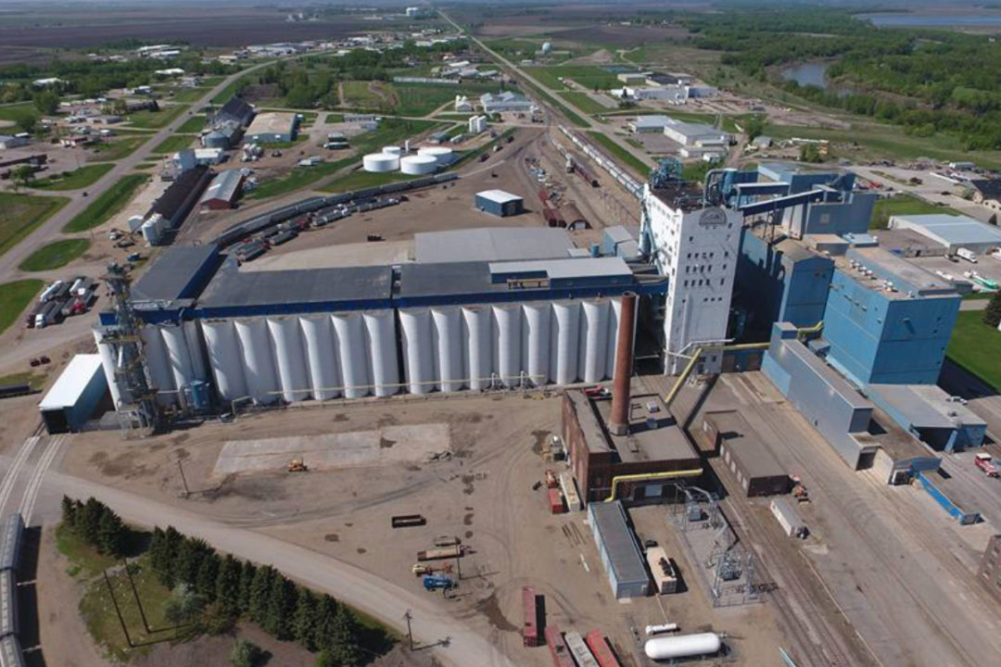GRAND FORKS, ND. — The North Dakota Mill and Elevator had a profit of $13.46 million in the fiscal year that ended June 30, an increase of $2 million from the previous year and the fourth highest on record.
Gross sales reached $339.2 million, which compared with $299.6 million last year and $312.3 million in 2019, according to the financial statement released by the North Dakota state auditor.
Sales of spring wheat flour were 14,511,000 cwts, or 92% of total sales. Durum products sales were 1,274,00 cwts. This compared with sales of 13,297,000 cwts of spring wheat flour and 1,012,000 cwts of durum products a year earlier.
Bulk flour sales represent 84% of the flour sold. Flour packed in bags accounted for 16% of the flour sold, the report said.
As a result of this sales volume, the mill spent more than $205.7 million buying wheat and durum, up from the previous year purchases of $175.5 million and up from purchases in fiscal year 2019 of $183.6 million.
In fiscal year 2021 the mill settled the purchase of 33,768,000 bus of wheat and durum while in fiscal year 2020 the mill settled the purchase of 30,543,000 bus.
The majority of the grain purchased is from North Dakota growers or grain elevators.
In addition to spending more than $205.7 million on grain, most of which went to North Dakota farmers, the mill spent $24.9 million with other North Dakota based suppliers. Payroll costs for the North Dakota Mill were $20.2 million for the year ended June 30, 2021.
These three items when added together show that the mill provided a direct economic impact to the region of more than $250.8 million.
A North Dakota State University study stated that for every dollar in direct economic activity from wheat processing, another $2.32 was generated in secondary economic activity. Thus, the mill produced $581.8 million in secondary economic activity resulting in a total economic impact of more than $832.5 million.






